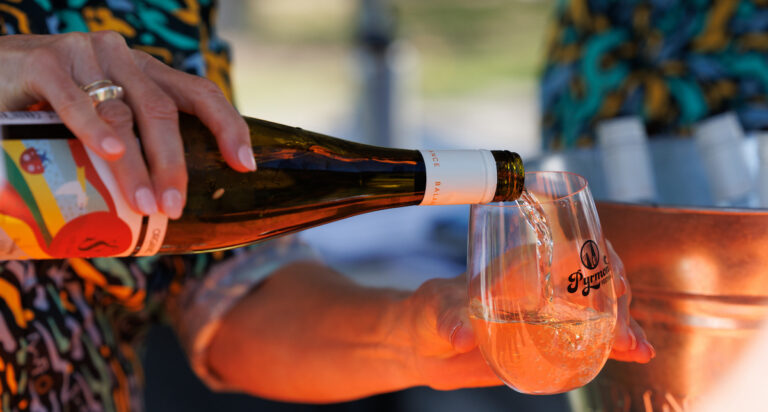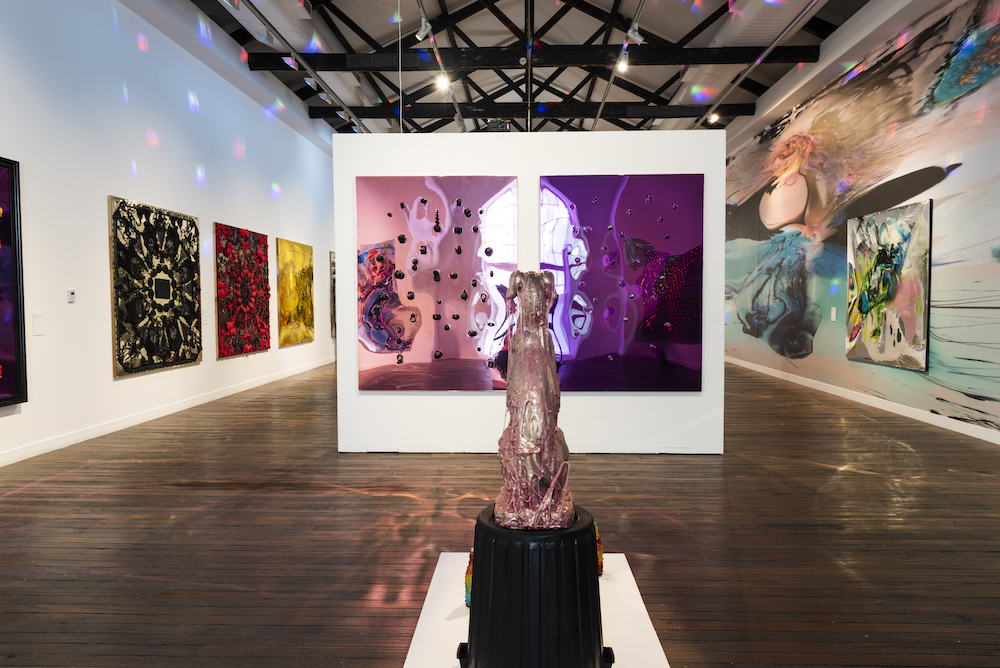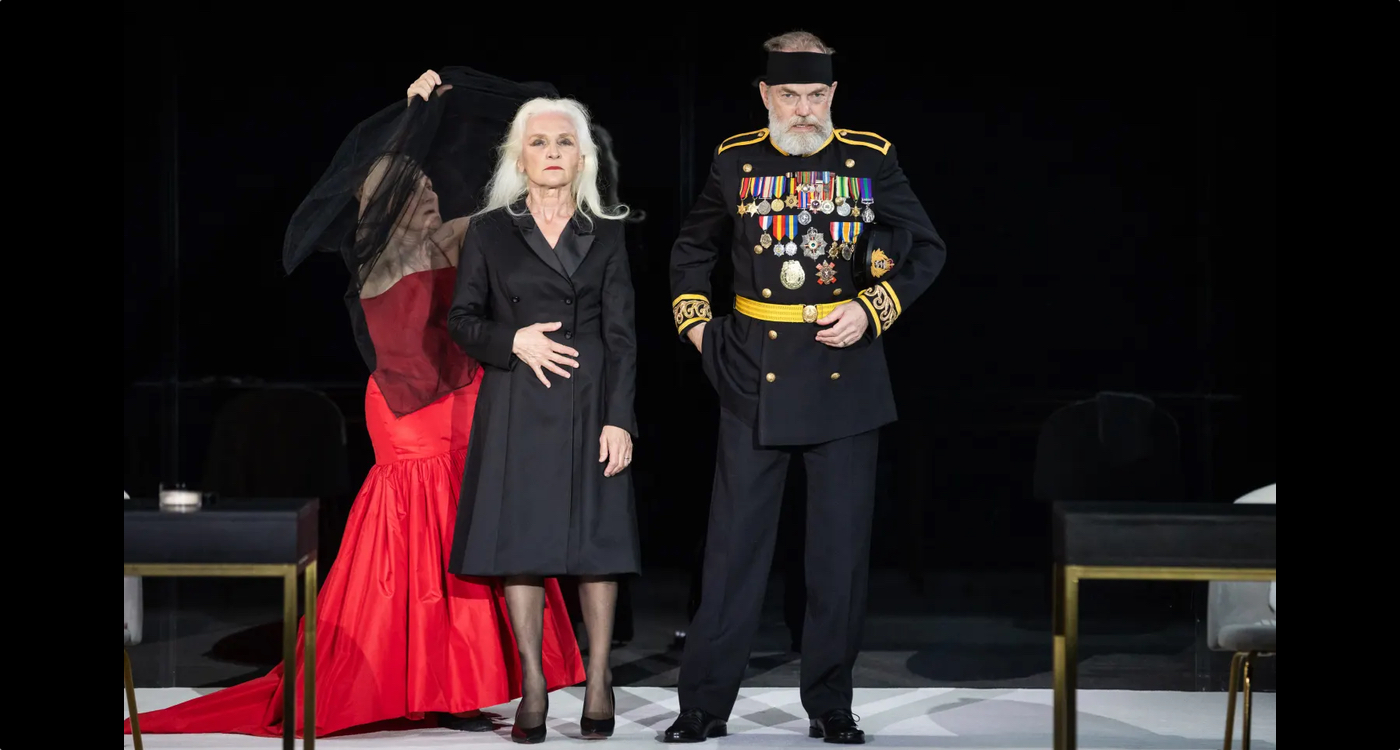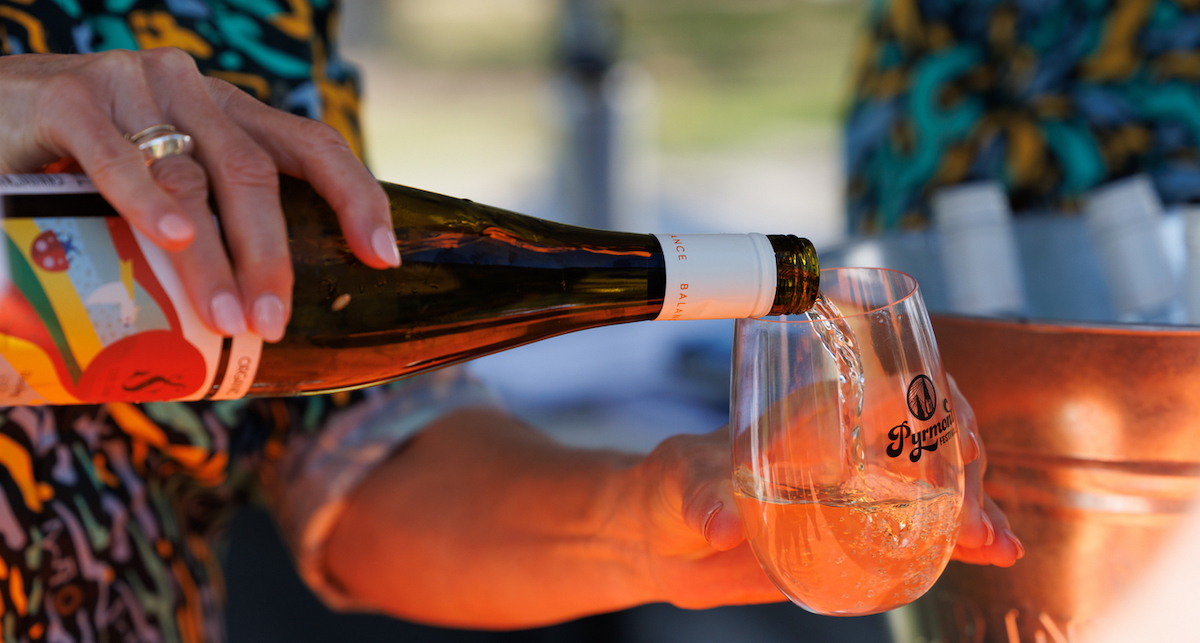
Pop to Popism

When the Pop Art movement burst onto the scene in the 1960s, it was a colourful collision of wit, appropriation and subversive iconography that challenged our notion of art, permeated our consciousness and left people wanting more. That cultural craving will be indulged in November when Pop to Popism opens at The Art Gallery of New South Wales.
Featuring more than 200 artworks by some of the genre’s most prolific artists, Pop to Popism will be the biggest collection of pop art ever to be seen in Australia. The retrospective spans three decades, from the 1950s to the 1980s, examining the rebellious origins of pop art, its ascendancy, and its persistent legacy in Australia and beyond.
Assistant Curator Anneke Jaspers notes that the inclusion of Australian works was an imperative. She says, “We have brought together a comprehensive collection of works that trace the history of pop art and, for the first time, we have included significant Australian works to situate Australian pop art in an international context.”
Alongside a dazzling cast of international pop art legends, Pop to Popism recognises the legacies of Australian artists Brett Whiteley, Richard Larter, Martin Sharp, Vivienne Binns and Bridgid McLean.
“There has only ever been one major pop art survey in Australia – in 1985 – and Australian works were not shown in that exhibition,” Jaspers notes.
Pop to Popism will fill an entire floor of the Gallery with the works of pop art luminaries Andy Warhol, Roy Lichtenstein, Cindy Sherman, and Jeff Koons. The art is on loan from some of the world’s most prestigious institutions and private collections, including the Museum of Modern Art, New York; the Tate, London; and the National Gallery of Australia, Canberra.
Jaspers says, “We are presenting works by more than seventy artists from around the world. Obviously, Andy Warhol features prominently in the exhibition. Warhol was such a pioneer of pop art. He practiced in the genre for so long and influenced so many artists. Warhol is almost synonymous with pop art – in fact, the name assigned to second wave pop art in Australia, Popism, is appropriated from his memoir.”
“This exhibition has been two and a half years in the making – for a show of this scale, that’s actually not that long,” Jaspers continues. “For many of the works, this will be the first time that they have been exhibited in Australia. We were especially lucky to secure Lichtenstein’s iconic Look Mickey from the National Gallery of Art in Washington DC.”
Other iconic artworks making their Australian debut at Pop to Popism include Rosalyn Drexler’s Race For Time; Gerhard Richter’s Helga Matura and her fiancé; and Sir Peter Blake’s Self-portrait with badges.
Pop art originated in Britain and the US in the 1950s. In a dramatic and conscious shift away from fine art traditions, pop art was brash, often ironic, kitsch and more playful than its highbrow predecessors.
American artist Robert Rauschenberg anticipated the Pop Art movement by transposing objects of everyday life into art. Warhol launched the movement into overdrive when he found an unlikely muse in the humble Campbell’s soup can.
The pop art aesthetic and sensibility sprouted from the burgeoning popular culture and mass media saturation of the period.
“The American Pop Art movement emerged from a very particular social context – amidst the post-war economic boom, there was a push towards consumption, driven in part by the corporate sector through advertising,” Jaspers explains. “In this new economy of desire, society was flooded with new imagery and there was a move towards throwaway culture. And so pop art was an intuitive response to that culture of consumerism.”
“Like their American counterparts, Australian Pop Artists were spurred on by social and economic change. But while Australian Pop Art drew upon aesthetic aspects of the international movement, a distinctly ‘Australian’ pop art vernacular emerged, engaged with local phenomena, such as beach culture, and other painterly styles, such as hard-edge abstraction.”
Despite the genre’s inherent cynicism towards consumerism, the pop art canon contains some of the world’s most exorbitant artworks. Just last year, Warhol’s Silver Car Crash (Double Disaster) fetched a mere $US105.4 million at Sotheby’s, New York.
Amused by the collectible-throwaway paradox of pop art, Jaspers points out, “When we reflect on the fact that pop art is a commentary or a criticism of consumer culture, it is ironic that so many of the works themselves went on to become highly valued commodities.”
And while the Pop to Popism chronology ends in the 1980s, Jaspers believes that the pop art sensibility is alive and thriving in the contemporary art world. “The Pop Art movement of the 60s left a lasting legacy. That first wave of pop art led to an uptake of pop art strategies in the 80s by artists whose work fell under the banner of post-pop, neo-pop, Popism, or the Pictures Generation – artists like Cindy Sherman and Richard Prince.”
“I think we are now seeing a third wave of pop art. With each new generation of artists, the spirit of the work changes in response to the changing nature of pop culture at the time.”
Nov 1-Mar 2015, Art Gallery of NSW, $10-$20, artgallery.nsw.gov/exhibitions/pop-to-popism









